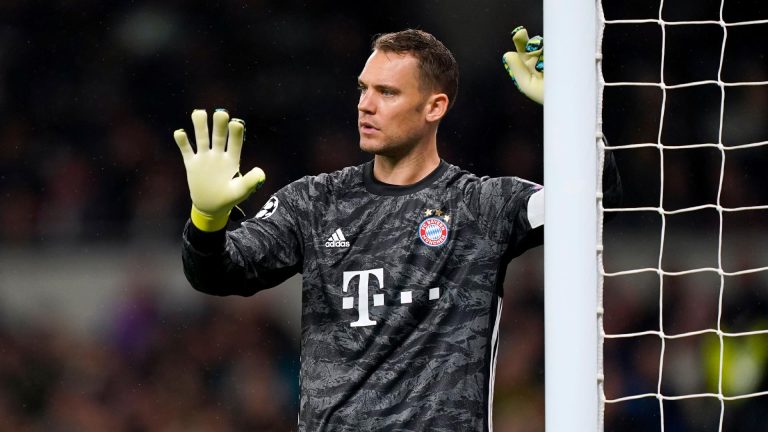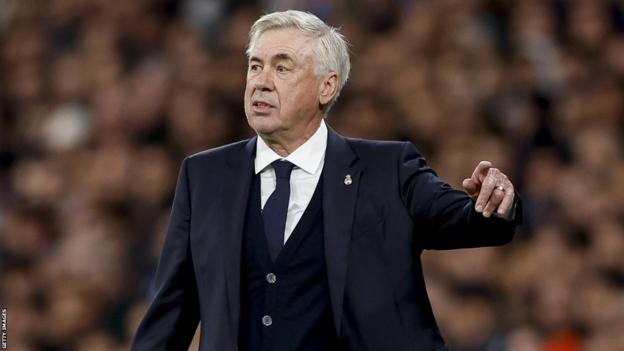Football players will not be free from injury. Both mild and severe, a soccer player is almost certain to have been injured. In fact, it is not uncommon for a player to end his career early, because of the injury he is experiencing.
Especially if football is played at the highest level that presents a high intensity and tempo. The risk of injury will certainly be greater. In the English Premiere League which is known as the hardest league and often presents high-intensity matches, the number of injuries in the 2018/2019 season as reported by jlt.com reached 764 cases which increased 15% from the 2017/2018 season.
In the jlt.com article it is said that English league clubs spent £ 221 million in the 2018/2019 season only for treatment of player injuries. Not only that, the number of club spending to pay injured players also increased by 86% compared to the previous season.
In a UEFA.com study for the UEFA EURO 2016 event, it was revealed that 87% of the incidents of injuries to soccer players occurred in the lower extremities (legs). Of these 87%, around 33% of injury cases occur in the lower extremities, attacking the thighs of players.
Still based on UEFA.com data, muscle injuries are still a big problem for soccer players with an incidence of up to 55% of total injuries at the UEFA EURO 2016. Ironically, the number of muscle injuries continues to increase in each EURO event.
Muscles and bones are the two parts of the body that play the most role when humans move. For football players, the thigh muscles have an important role during playing 90 minutes. This is what makes thigh muscle injury is the most common injury.
Let’s understand more deeply the components in the thighs. In orthoinfo.aaos.org it is explained that the thigh has 3 large muscle groups namely Hamstring (back of the thigh), Quadriceps (front of the thigh), and the adductor muscle on the inside. Hamstrings and quadriceps are muscle groups that are often injured because they are needed to facilitate high-intensity movements such as running, jumping, and changing direction. In addition, these two muscle groups are also very vulnerable because they cross the hip and knee joints.
Of the two thigh muscle groups above, hamstring is the muscle most often injured. Howard J. Luks, MD, in his article on November 5, 2016, said that cases of hamstring injuries were the most frequent cases in football with an incidence reaching 40%. Bernard Duvivier (et al, 2019) also explained in research in the Australian League, where cases of hamstring injuries continued to increase by 71% from the 2003 to 2012 season.
Not only that, the average player must rest at least 14 days if suffering a hamstring injury and the average Australian league club must spend around 250,000 Euros to treat a hamstring injury. From the UEFA EURO 2016 event, there were 3 players who had to give up their national team caps due to a hamstring injury which made the hamstring injury case the most frequent case in the competition.
What should we do to overcome this problem? According to research Ross A Clark (2008) said that there are several steps to prevent hamstring injuries.
Increasing flexibility in the hamstring muscles can be used as an effort to reduce the risk of hamstring injuries. Lack of flexibility in the muscles and hamstring tendons results in a decrease in the ability of muscles and tendons to contract quickly and strongly thereby increasing the risk of injury.
Improving spinal balance can also reduce the risk of hamstring injuries. When body posture is not in an ideal state (too bent forward for example) causes hamstring to work very hard to produce forces that will automatically increase the risk of hamstring injury itself.
Avoiding fatigue must also be a concern. When players have to fight in a position of exhaustion, control of movement will certainly continue to decrease. Hamstring which is one of the muscle groups that facilitate balance in the lower extremities will certainly work twice as heavy if the player often loses control of his movements.
To reduce the risk of injury, athletes must ensure that the strength ratio between hamstring and quadriceps must be ideal. According to Ross A Clark (2008) it is said that hamstring must at least be able to produce a force of> 60% greater than the force that can be produced by quadriceps to prevent hamstring injuries.
Safety is the main thing in any case. Ensuring players to avoid as far as possible from injury must certainly be an aspect that is preferred by the player himself, the coach, and of course the club.
ASL
















